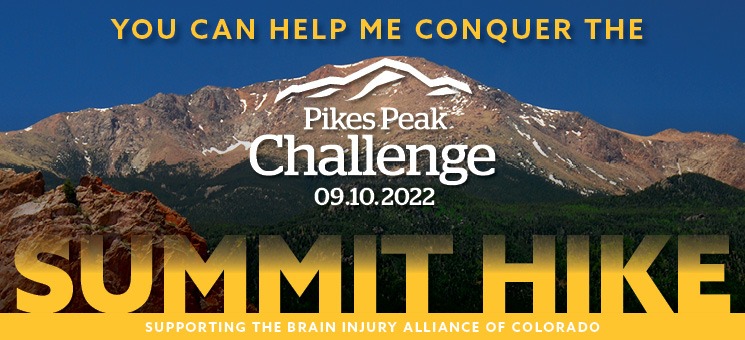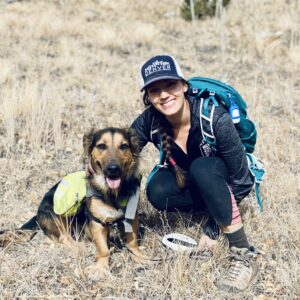Family and Friends,
It was a cold Friday night on October 12, 2007 in the Chicago suburbs. As a sophomore cheerleader getting ready to cheer our football team to victory, I was warming up inside the heated gymnastics gym. I did my first tumbling pass – a roundoff, back handspring, back flip. I over rotated my back flip and landed on my heels. With the momentum of the flip and the spring of the gymnastics floor, I sprung backwards. The floor dropped down a foot and I fell further backward, slamming the top left corner of my head into the concrete wall behind me. The gym went silent as the slam of my head into the wall echoed loudly and my coach, Laura, ran across the floor to me. I was 15 years old and my life would never be the same again.
I struggled with constant headaches and nausea and at one point, it didn’t seem I’d graduate high school or even think of going to college. Slowly, the symptoms became more manageable and my tolerance for visual and auditory stimulation increased. I’ve since learned how to live in a world not designed for those affected by traumatic brain injuries (TBI) and to be grateful for the opportunities this TBI (and other subsequent TBIs) have given me. I now have a master’s degree and own a business working with mission-driven organizations to raise awareness, create equity and support for others like me who are neurodivergent and have invisible disabilities. I could not feel more fulfilled by the work that I do.
Survivors of a brain injury must fight through unimaginable mental and physical challenges. There isn’t a cure for brain injuries; they don’t grow back like hair or fade like scars. While no two brain injuries are the same, they do have a few things in common. They are always present and dealing with the effects is a lifelong, day-in-day-out process. They require brain injury survivors to navigate in a brand-new world as they fight to establish a new normal.
On September 10, 2022, almost an exact 15 years after my first TBI, marking half of my life being a survivor of brain injury, I pledge to summit Pike’s Peak with the Brain Injury Alliance of Colorado (BIAC) to raise awareness and support for survivors of brain injury.
Funding is critical for BIAC to continue supporting survivors in our state, which is why I am reaching out to family and friends to share my exciting commitment to participate in the 2022 Pikes Peak Challenge Summit Hike. The Pikes Peak Challenge will test my mental and physical boundaries as I raise money and awareness for those who have suffered an injury to the brain. When I finish, I will have hiked 13 miles and 7,400 vertical feet to the 14,115 ft Pikes Peak Summit.
I’m raising money on behalf of the the Brain Injury Alliance of Colorado’s ongoing mission to improve the lives of those affected by an injury to the brain. For over 36 years, this organization has dedicated itself to the brain injury community and now I’m lending my support to their cause, and I hope you’ll join me. The Brain Injury Alliance of Colorado (BIAC) is the go-to resource for help and services for survivors of an injury to the brain, their families, and providers.
BIAC was a godsend to me as I navigated recovery after two more brain injuries in 2018 after I had moved to Colorado. I’ve since become a mentor to others affected by brain injuries and have thoroughly enjoyed being a part of this community.
To reach my goal, I need your help. Please consider donating to help me reach my fundraising goal of $200 (or more!). Check out my donation page to make a contribution or to learn more about BIAC.
-
 Laura Chor
Laura Chor
$50.00 -
 Kaitlin Turk
Kaitlin Turk
$50.00 -
 Megan Boyd
Megan Boyd
$100.00 -
 Marissa Allen
Marissa Allen
$10.00 -
 Jessica Baker
Jessica Baker
$10.00 -
 Dave McKellin
Dave McKellin
$25.00 -
 Anonymous
Anonymous
$30.00


